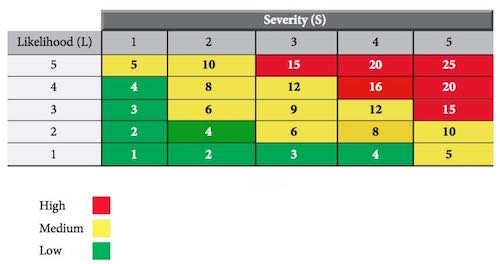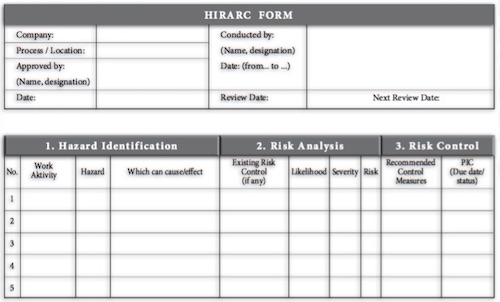Engineering Noise Control - Engineering control is a physical change to work stations, equipment, materials, production facilities or any other relevant aspect of the work environment that reduce or prevent exposure to risk factor. It is one of the control measures in the hierarchy of control to prevent or minimize risk of workers' exposure.
Engineering control used to control the risk of noise exposure should be able to reduce the noise level generate at workplace to below the Permissible Exposure Limit (PEL). Here, you will see a few common types of engineering controls which are used in the industry.
Duct Silencer
- To control noise level of an enclosed compartment that requires ventilation.
- Ideal for generator sets, air handling systems, compressor and blower system.
Acoustic Piping Insulation
- To reduce noise level at the same time, energy costs are also reduced.
- Also reduces the surface temperature of piping to a safer level.
Acoustic Enclosure
- Use for containment of excessive noise.
- Isolation of workers from noise.
- Ideal for generator sets and pneumatic machines.
Acoustic Lagging
- Flexible sound reduction wrap for duct work and piping.
- Help contain break out noise from noisy ducts/pipes.
Acoustic Louvers
- Can reduce the noise level and at the same time, they can promote the flow air.
- Ideal for use at power station, cooling towers, pump houses and refrigeration plants.












